The deep resonance of one hundred chanting red-robed monks fills the air, their faces lit only by the flicker of pungent yak butter candles in the fastness of a monastery hall at morning prayers. The smoke of incense sticks rises towards the high ceiling, floating on the beat of a double-sided drum and the long low call of a pair of dungchen horns. Prayer time in a Tibetan monastery is a dreamscape brought to life, but for many would-be travelers this corner of the Himalayas is destined to remain just that: nothing but a dream.

Songzalin Monastery near Shangri-la in Yunnan
For independent travelers interested in visiting Tibet – a land of ornate monasteries, traditional nomadic lifestyles, and vast dazing lakes backed by snow-capped peaks – the Chinese government’s requirements for joining a group tour and acquiring onerous permits, permissions in addition to a Chinese visa can be off-putting. But unless a kora pilgrimage of the Potala Palace or the holy hike around Mount Kailash are at the top of your travel to-do list, the key to experiencing Tibetan culture as an independent traveler is actually outside the political definition of modern Tibet.
While the current borders of Tibet encompass a massive area of more than 2.5 million square kilometers, the historic borders of the Tibetan Empire extended to nearly double that until a slow decline began from the middle of the 9th century. Referred to today as ‘cultural Tibet,’ these areas are still populated by Tibetan people and, defined by Tibetan cultural norms, offer the experience of visiting Tibet without the same bureaucratic hassles (and cost). Spread across the Chinese provinces of Yunnan, Sichuan, and Qinghai, these less-visited corners of the country are prime travel grounds for adventure-seekers and culture-lovers alike. Whether on quick visits amidst longer China itineraries or as a single overland adventure, travels through cultural Tibet offer an immersive experience very different from that of the rest of China.
Table of contents: ()
Tibetan Yunnan
Yunnan province has long been popular among travelers looking beyond China’s major cities and into the landscapes of the southwest, though the province’s northern Tibetan regions have only landed on international tourism’s radar within the last decade. Though Tibet-like mountain landscapes start near Lijiang and the popular Tiger Leaping Gorge Trek, Tibetan culture begins a little closer to the Tibet/Yunnan border.
Shangri-La
The city of Shangri-La, rebranded in homage to the undiscovered paradise of James Hilton’s popular Lost Horizon in 2001, has a beautiful Tibetan ‘old town’ centered on a hilltop temple hall that is completely inauthentic: the original burnt to the ground in 2014 and nearly everything here now is new construction. However, the massive Ganden Sumtseling just north of the city is the real deal: over 300 years old and once home to more than 600 monks, it’s one of the most impressive anywhere in cultural Tibet.
Napa Lake
In the countryside surrounding Shangri-La, a mixture of pleasant small villages and attractive landscapes invite exploration, particularly for tourists willing to either hitchhike or head out on a rented motorbike for a day or more. Just west of the city, seasonal Napa Lake is a good spot for spotting migratory birds and an even better place to see a more rural side of local Tibetan lifestyles among the farming communities that surround it.
Potatso National Park
To the east, Potatso National Park preserves the landscapes of three more large lakes and the flora surrounding them, though at the expense of seeing any local culture. In between these, small villages like Geina, Are, and Hapi are studded with hidden temples and traditional homesteads that reward travelers with plenty of unscripted local encounters.
Meili Snow Mountain National Park
A few hours to the north, the modern town of Deqin is the central node to access the mountains of Meili Snow Mountain National Park. Though determined (and well-equipped) tourists could hike these mountains right up to the border with Tibet, those without the proper permits will want to stick to the sights a little closer to Deqin.
The 12km Mingyong Glacier, best viewed from the simple Lotus Temple around 500 vertical meters above the end of the nearest road, is not only stunning for its beauty but unusual both for the elevation (only 2200m asl) and for the surrounding ecosystem that packs in everything from lush forests and grassy meadows to swampy taiga into a small area.
Upper and Lower Yubeng
A bit deeper into the mountains, the tiny villages of Upper and Lower Yubeng are excellent bases for day hikes to nearby lakes, waterfalls, and holy sites, while evenings pass among the friendly local families and few dedicated travelers that make the trip so far from the main tourist trails.
Tibetan Sichuan
Travelers looking to explore the closest landscapes and lifestyles to those of political Tibet should plan to spend extensive time in Tibetan Sichuan. Not only are the rugged mountainous landscapes and high-altitude pastures reminiscent of the area surrounding Lhasa, but the Tibetan residents of the area were famously the most ferocious defenders of Tibetan independence and the last to accede to federal rule over Tibet.
Chengdu
Though the Sichuanese capital Chengdu has a lively Tibetan Quarter, which is worth a visit, those with a serious interest in Tibetan culture will want to start their trip in the city of Kangding. Although, those most interested in mountainous landscapes can more easily travel to the north of the province.
Northern Tibetan Sichuan
Four Sisters Mountain
While the Four Sisters Mountain region was once a bastion of Tibetan culture, the 2008 earthquake in Sichuan saw much of the traditional architecture destroyed and many of the original residents left the region. Now primarily a hiking destination, some small chortens, and temples still dot these mountain valleys and the landscapes remain as beautiful as ever – and all just a few hours from Chengdu.
Jiuzhaigou National Park
One of the most popular China travel destinations for domestic and foreign tourists alike, Jiuzhaigou National Park is named for the nine Tibetan villages that line the valley. Though these villages have largely been renovated for tourism, and though you’re not technically allowed to accept their invitations to overnight in the park itself, the stunning landscapes of the park pack all the best terrain of the Tibetan plateau into one crowded canyon: soaring peaks, thunderous waterfalls, and multi-hued lakes that need far more than the allotted one-day tickets to explore.
Langmusi
All the way to the north of Sichuan is the tiny town of Langmusi. Split by the border with Qinghai, these two competing towns and their two competing monasteries are both lively monastic centers and excellent bases for day hikes to the desertified landscapes that surround them. Travelers looking to visit the entire region overland can also continue from here into Qinghai directly, saving quite a lot of backtracking.
Central Tibetan Sichuan
Garze
At the crux of a loop through Central Tibetan Sichuan is the market town of Garze. Though the quite-old Garze Gompa above the town is worth a visit, the biggest local draw is Daryjay Gompa temple – literally “Big Golden Temple”, and it very much lives up to its name. In the surrounding grasslands, the handful of monks at nearby Talam Khang temple also maintain the old tradition of hosting travelers and pilgrims in the monks’ dormitories, a rare chance to live with and like them for a few days.
Though the massive Larung Gar Buddhist Academy was closed to tourists in 2016 if this community of 40,000 monks ever reopens to visitors, it gives a fascinating look at the lives of students of Tibetan Buddhism.
Dege
Just out of sight of the border with Tibet proper, small Dege is home to one of the most evocative Tibetan cultural sites in all of Sichuan: the Bakong Scripture Printing Press. Local artisans still use traditional woodblock techniques to print books of scripture that make their way all across the Tibetan world.

Yarchen Gar as seen from above
Yarchen Gar Buddhist Institute
The nunnery equivalent to Larung Gar, the monastic community at Yarchen Gar Buddhist Institute isn’t quite as large, but the impression of the large camp from a hilltop chorten is no less incredible for it. The complex was still open to tourists until the beginning of COVID but is worth researching for updates before heading out for a visit.
Southern Tibetan Sichuan
Lithang
Heading south out of Kangding, the first major town of interest is Lithang. At nearly 3900m, the huge Chode Monastery isn’t the only thing in town that will take your breath away. Though tourists are now discouraged from spectating at the large (and still active) sky burial site above the monastery, the annual Lithan Horse Festival each August very much welcomes outsiders.
Yading Natural Reserve
Deeper into the mountains, the Yading Natural Reserve combines both the cultural and scenic elements of the region into a beautiful whole. Guesthouses near the park entrance overlook peaks of nearly 6000m and the 800 years-old Chonggu Monastery, whose golden roof shines brightly against the green forest backdrop. While infrastructure in the park is geared primarily to domestic day-trippers, it’s possible to arrange multi-day treks that follow the old kora pilgrimage path around 5958m Chana Dorje peak.
Daocheng
Backtracking to the larger city (and nearest airport) of Daocheng, it’s possible to head back to Kangding and Chengdu or to continue onwards over a slow, rough road to Shangri-La in Yunnan via the town of Xiangcheng. While local Sampeling Monastery is pretty enough to spend an hour or two exploring, those with an explorers’ mindset should set out to find the seven small Bama Lakes that locals say lie strung along a nearby mountain valley.
Tibetan Qinghai
Though more famous for the eponymous lake that draws birdwatchers from across China, Qinghai province is also a popular starting point for train journeys to Lhasa as well as home to numerous Tibetan religious and cultural sites in its own right. Though less explored by international tourists than Sichuan or Yunnan, it certainly deserves a spot on any travel itinerary dedicated to the Tibetan periphery.
- Get a Car Rental
- Search for Great Tours HERE
- Buy Travel Insurance
- Get an eSim to be able to use your smartphone abroad.
- Book Your Accommodation HERE
- Get a universal plug adapter
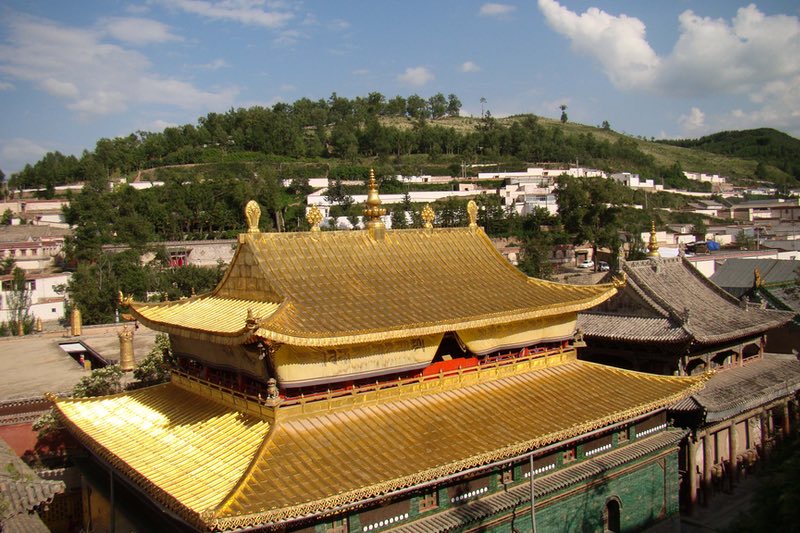
Kumbum Monastery
Outside the modern city of Xining is Qinghai’s major Tibetan draw: the Kumbum Monastery, built on the site of the birthplace of the Yellow Hat school of Tibetan Buddhism and still home to hundreds of practicing monks. Over 400 years old, this historical connection makes the monastery one of the most important religious sites to the religious outside of political Tibet itself, and visitors will see waves of pilgrims circumambulating or even prostrating themselves all the way around the complex in kora pilgrimage circuits.
Amnye Machen
A much more physically demanding kora winds around the most sacred peak of eastern Tibet, the 6282m Amnye Machen. Though secular visitors may be put off of the sections where modern roads have been constructed over the last decade, the wild portions of the walk still make a good choice for mountain lovers and those hoping to experience a bit of Tibetan pilgrimage in lieu of the popular kora around Tibet’s Mount Kailash.
Princess Wencheng Temple
In the south of Qinghai, just above the junction with Tibet and Sichuan, is the Princess Wencheng Temple. The beautiful Chinese princess of legend dominates Tibetan legend and history as the key to convincing her husband – the revered Songtsen Gompo – to convert the nation to Buddhism. Though the temple itself isn’t grand, it marks the spot where her procession rested on the way from the Chinese capital to Lhasa in the 7th century.
Leave a Reply
Tags: adventure travel, article, china, qinghai, sichuan, yunnan

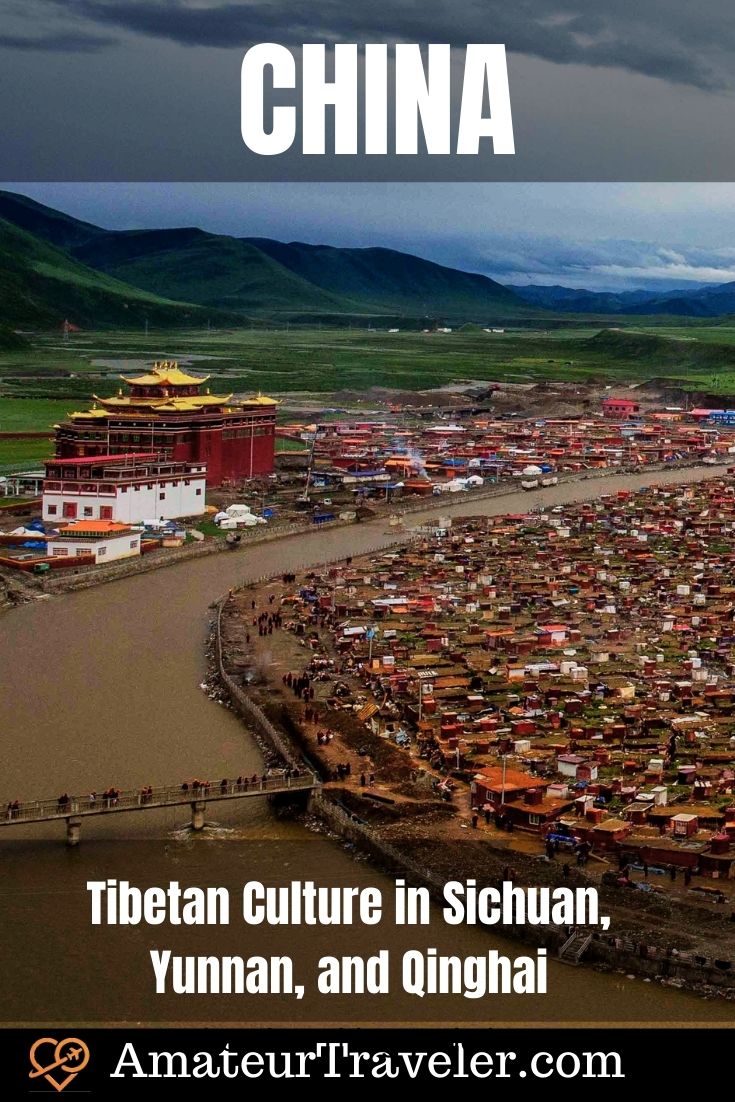


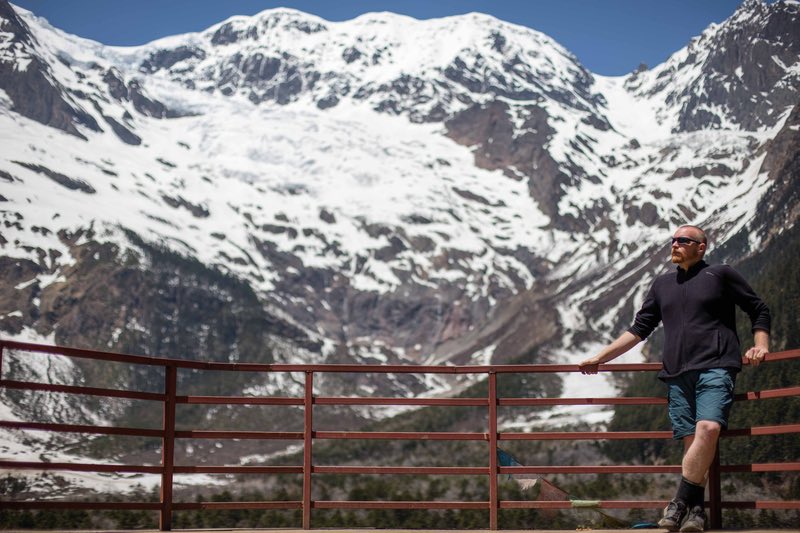


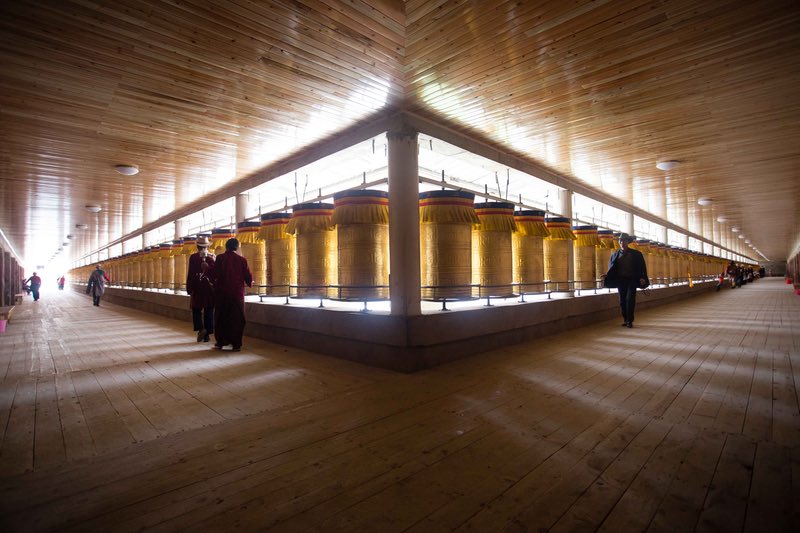


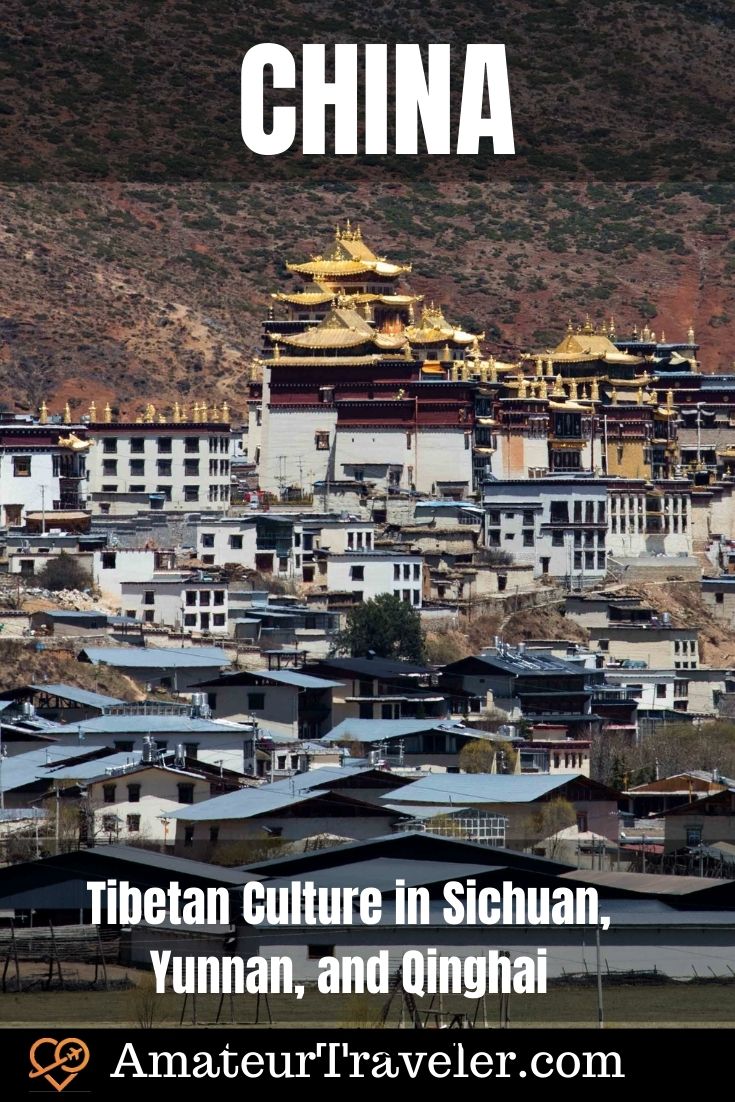
 Travel to the Yunnan Province of China – Episode 319
Travel to the Yunnan Province of China – Episode 319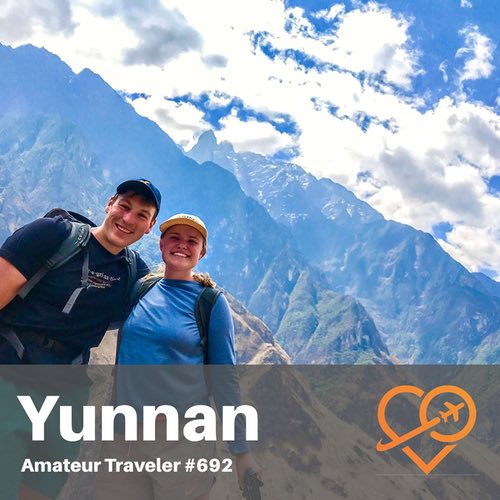 Travel to Yunnan, China – Episode 692
Travel to Yunnan, China – Episode 692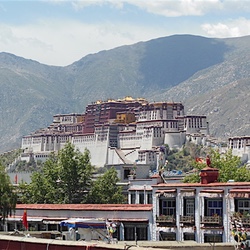 Things to do in Lhasa, Tibet – Visiting the Roof of the World
Things to do in Lhasa, Tibet – Visiting the Roof of the World Tibet Holiday – A Different Road to Lhasa
Tibet Holiday – A Different Road to Lhasa
